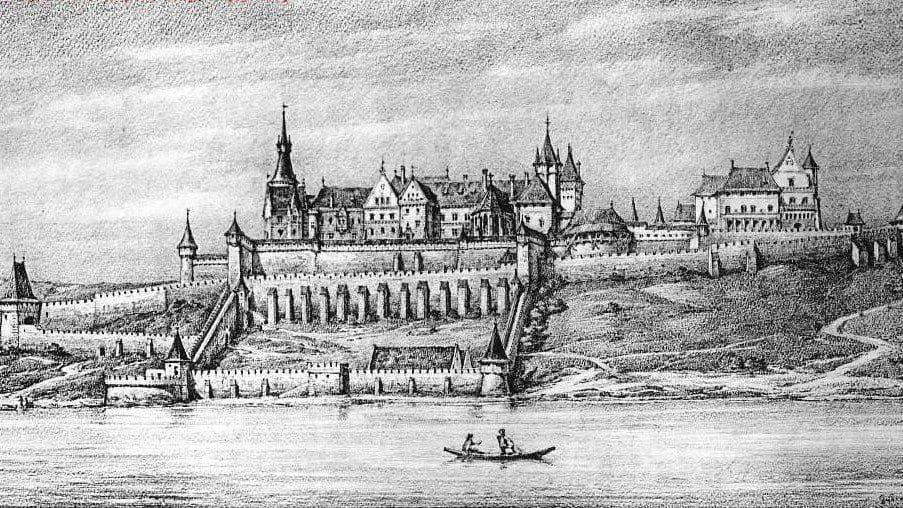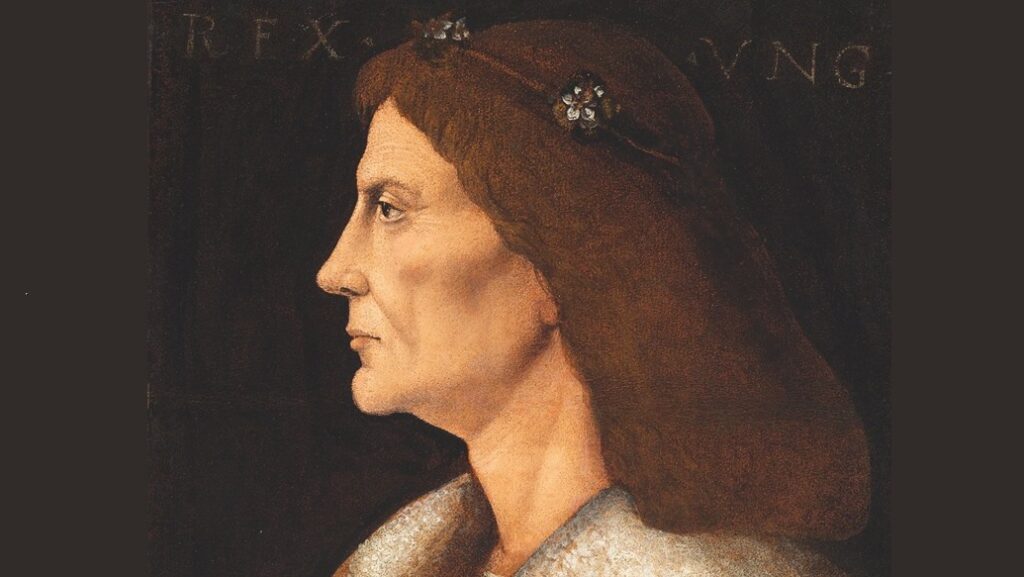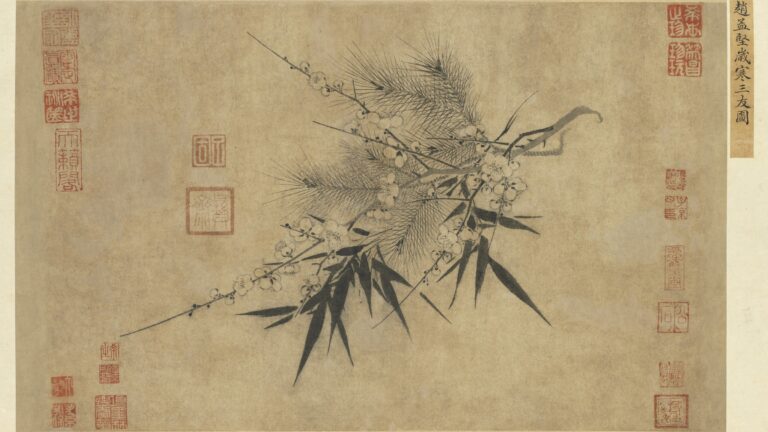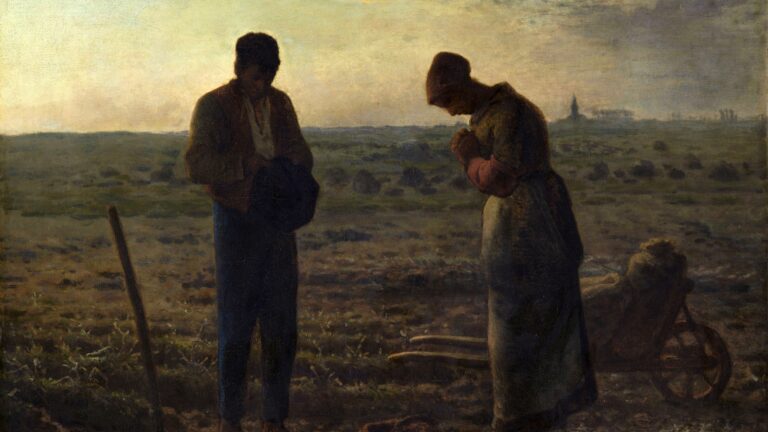One of the greatest classic Medieval compositions of Hungarian literature to this day is Rerum Hungaricarum Decades (Ten Volumes of Hungarian Matters) written by the Italian humanist Antonio Bonfini, (c. 1434–1503). Commissioned by King Matthias Corvinus (r. 1458–1490), it had been the primary source for Hungarian history in the European academic thought up to the eighteenth century. Although only fragments of it remain at the Széchényi National Library in Budapest, the Decades, written in Latin, displays how the Kingdom of Hungary was a centre of humanist cultural learning not just during the golden age of Matthias’ reign but under the Jagiellon kings Vladislaus II (r. 1490–1516) and Louis II (r. 1516–1526), too.
As explained in the article ‘Petrarch and the Birth of Humanism’, humanism, a term coined in the early nineteenth century by Friedrich Philipp Immanuel Niethammer, stems from the Latin humanitas (humanities), which corresponds to the Greek concepts of philanthrôpía (loving what makes us human) and paideia (education or learning). While this can be traced back to the Sophists of the mid-fifth century BC, who sought to prepare young men for active citizenship in the polis (city-state), the term was first used by Cicero. The humanists, with the discovery of the Classical works in both Greek and Latin, sought to complement the formation of man’s virtues, which they saw was lacking in the ecclesiastical world. Hungary, at the time of Matthias, was no less enthusiastic than the Italians.
Bonfini began his commission in 1487; he was able to continue writing it up to his death in 1496 at the behest of Vladislaus—the Decades was posthumously published in Basel in 1543 when it became part of the Bibliotheca Corviniana, the Corvina library. The Decades is a compilation of both Hungarian and foreign sources, at times embellished with the humanist genre of the time, such as tracing Matthias’ Hunyadi dynasty back to a Roman consul.
Matthias himself was portrayed as a direct descendant of the god Jupiter.
The depicting of the figure of Matthias as the mighty monarch of the Magyar national Renaissance influenced Hungarian historians for centuries.[1]
Unlike the accusation by the twentieth century author József Fógel who depicted the post-Matthias reign as one that ‘squandered the income of the country without remorse [causing] confusion and destruction’ throughout the kingdom,[2] Hungary was in fact the epic centre of higher learning. It is true that most Italian humanists that were invited by Matthias left Hungary after his death, taking their educational influence with them. Others, however, like Giulio Cesare de Milio, remained. A physician, de Milio resided in Hungary at least from 1489 until 1501, became a royal physician to both Vladislaus II of Hungary.[3]
Even though the migration of Italian humanists to Hungary ceased with Vladislaus, the king saw to it that new scholars join members of the higher clergy and the nobility, such as Ippolito d’Este, Archbishop of Esztergom (1487–97). Indeed, the humanist influence in Hungary had a direct link to the University of Vienna. There was also the wandering humanist Girolamo Balbi (1450–1535), Bishop of the Austrian diocese of Gurk. A professor at the university, Balbi befriended János Vitéz, the Bishop of Veszprém; the latter came from a family of Croatian lesser nobles. Educated at the University of Vienna, he rose swiftly to the position of Lord Chancellor and eventually became the Archbishop of Esztergom, the highest ecclesiastical dignitary and second only to the King in the secular world.[4] Hungarian humanists like the poet and cleric János Lászai (1448–1523), the philologist and historian János Zsámboky (1531–1584), and others would eventually make their mark in the chronicles of Hungarian humanism due to the seeds sown by Matthias Corvinus, which helped the Jagiellonian kings pave the way to embed humanism into Hungarian culture. An aspect that should be appreciated by every person of good will who wishes to grow in virtue.
[1] Janus Pannonius, ‘The Renaissance in Hungary’, in Arcanum, Chapter II,(https://www.arcanum.com/hu/online-kiadvanyok/MagyarIrodalom-magyar-irodalomtortenet-1/a-history-of-hungarian-literature-from-the-earliest-times-to-the-mid-1970s-lorant-czigany-47D8/chapter-ii-the-renaissance-in-hungary-4837/), accessed 13 March 2023.
[2] Farkas Gábor, ‘Renaissance humanism in the age of the the Jagiellonian kings in Hungary (1490–1526)’, in AKJournals, November 2022, (https://akjournals.com/view/journals/044/36/S/article-p3.xml), accessed 13 March 2023. Kiss cites József Fógel, Ulászló udvartartása. Budapest, 1913, 9; cfr. Stanka Kuzmová, ‘The memory of the Jagiellonians in the Kingdom of Hungary and in Hungarian and Slovak national narratives’, in Remembering the Jagiellonians, ed. Natalia Nowakowska. London, Routledge, 2019, 71–100.
[3] Attilio Rapetti, ‘Un medico piacentino alla corte d’Ungheria nel ‘400: il dottor Giulio Cesare De Milio’, Bollettino storico piacentino 40 (1945) 26–29, in Registra Imperii (http://opac.regesta-imperii.de/id/1756741), accessed 13 March 2023.
[4] Pannonius, ‘The Renaissance in Hungary”.






